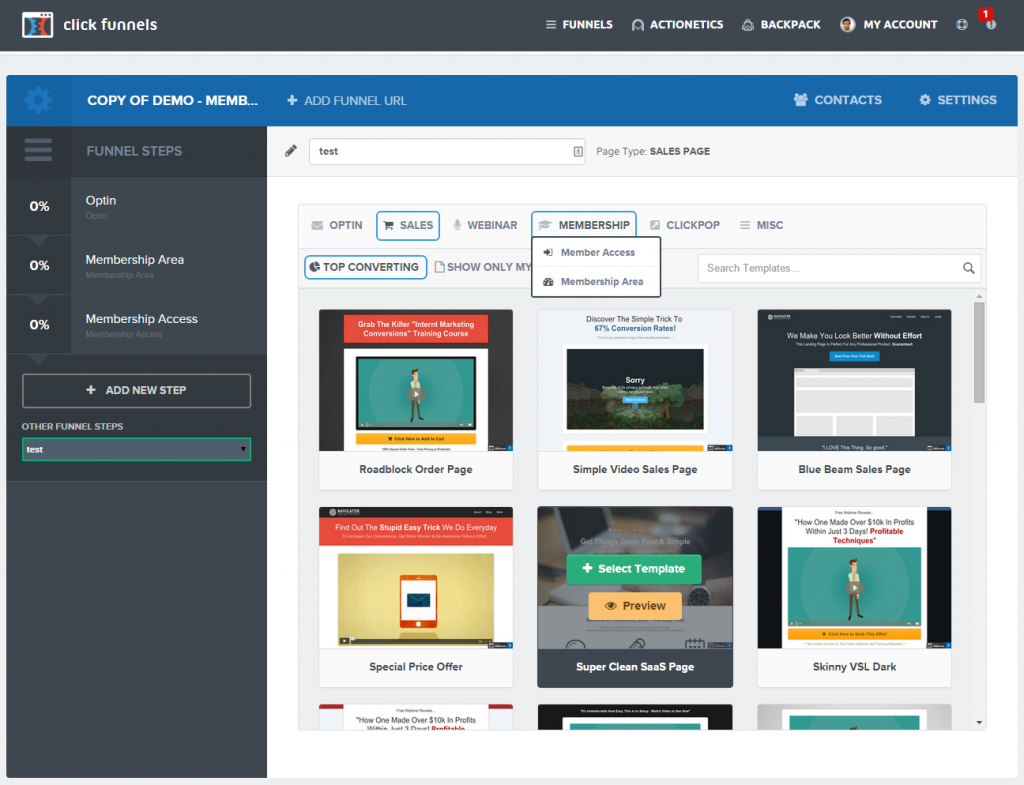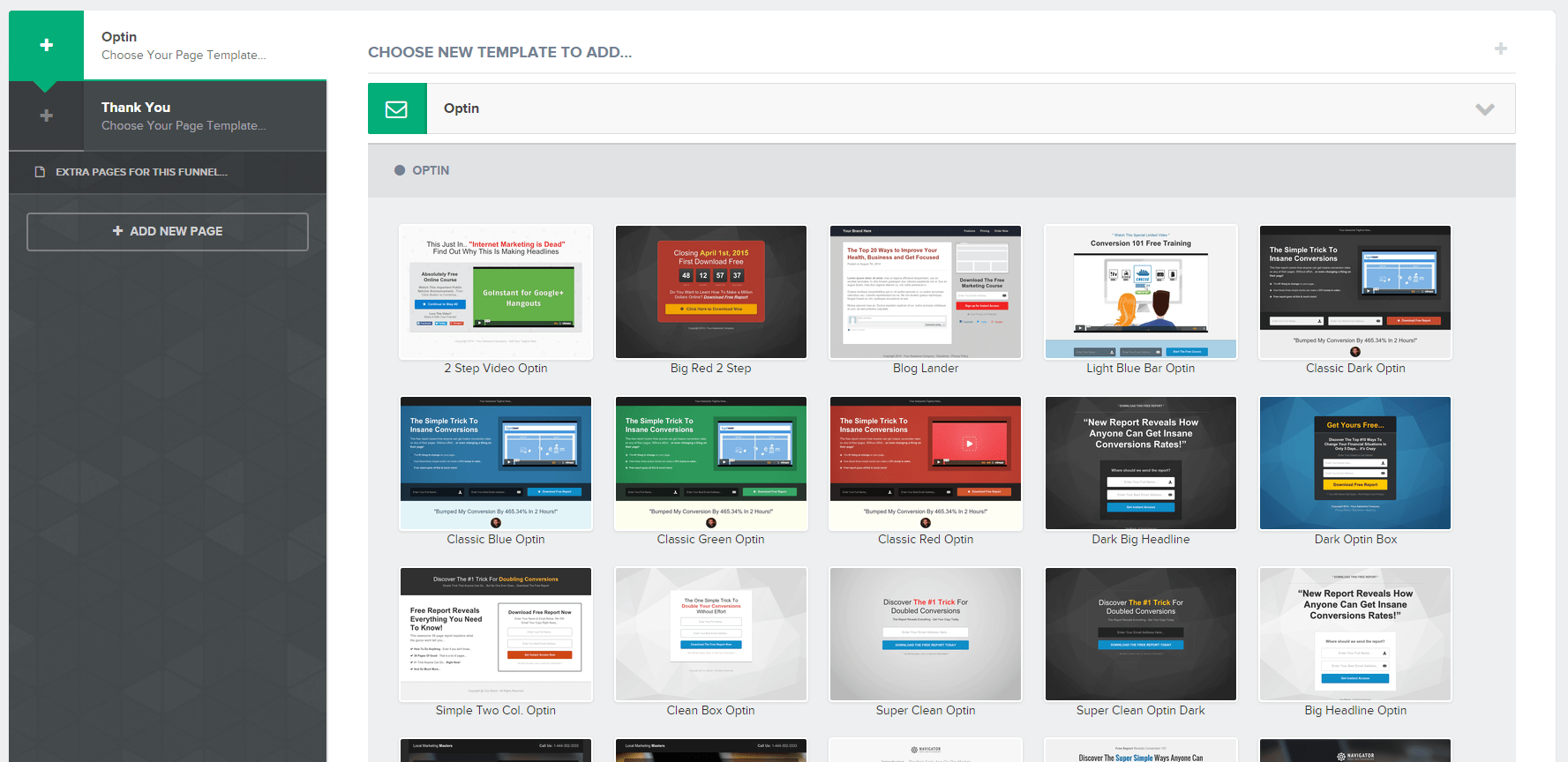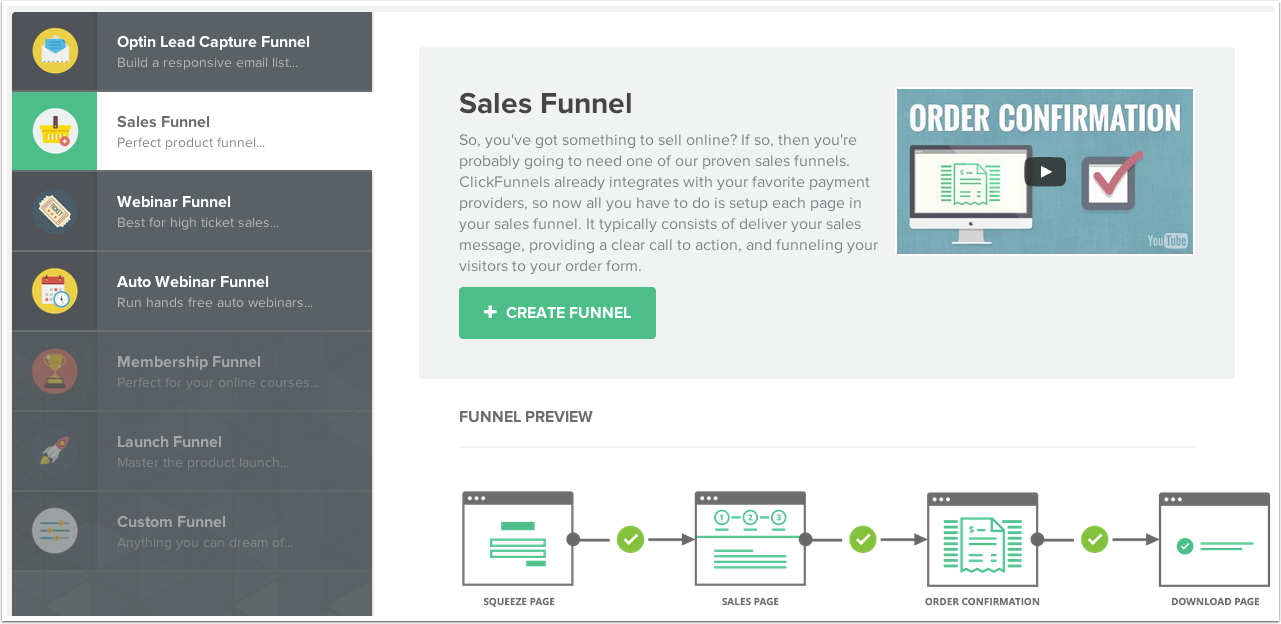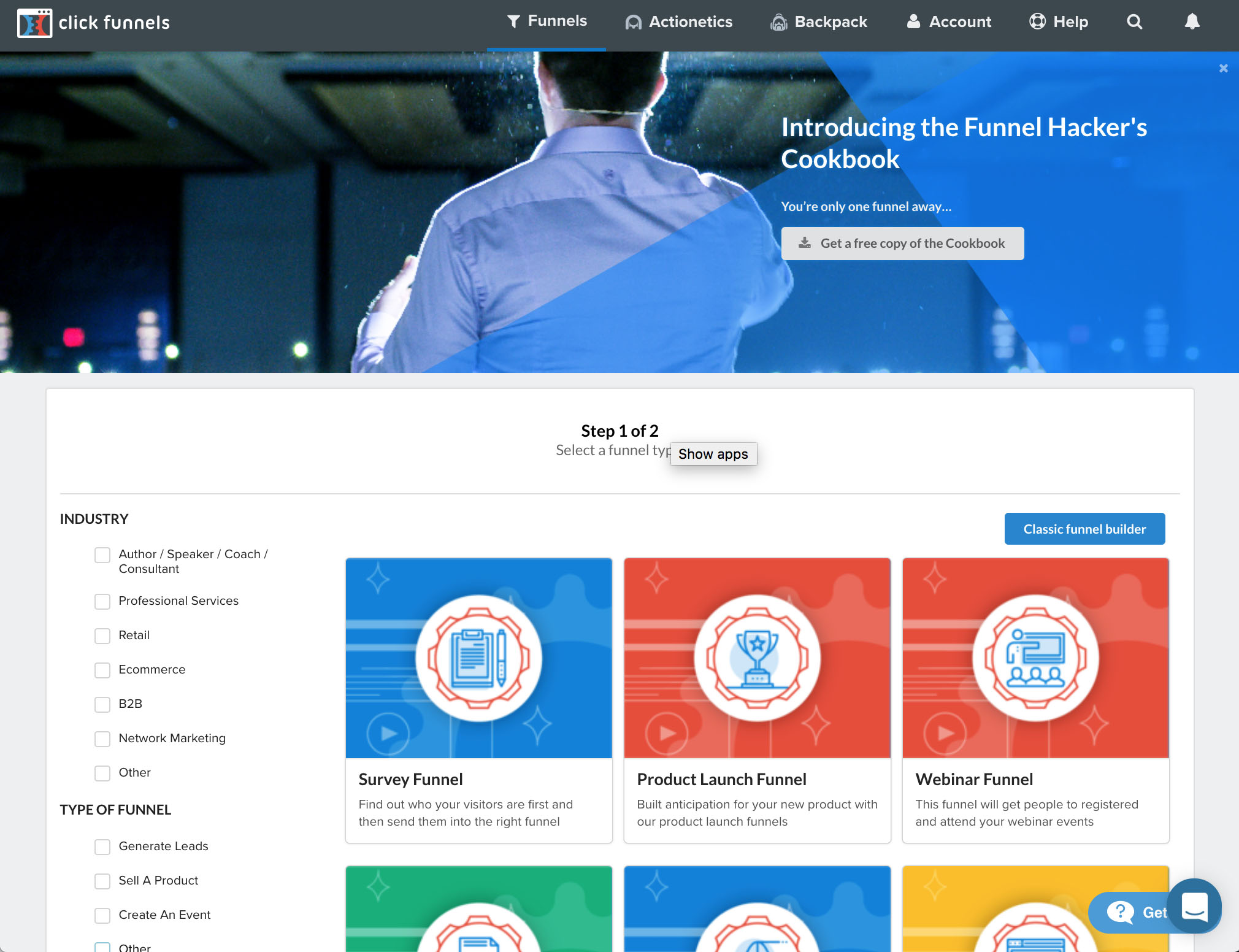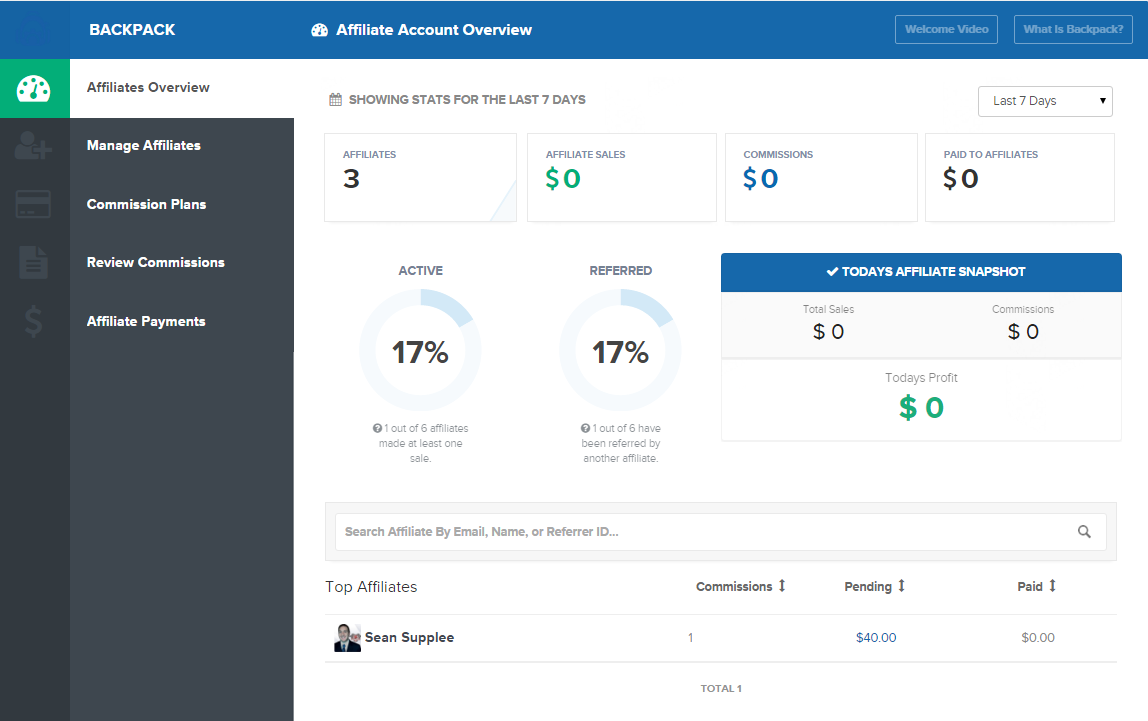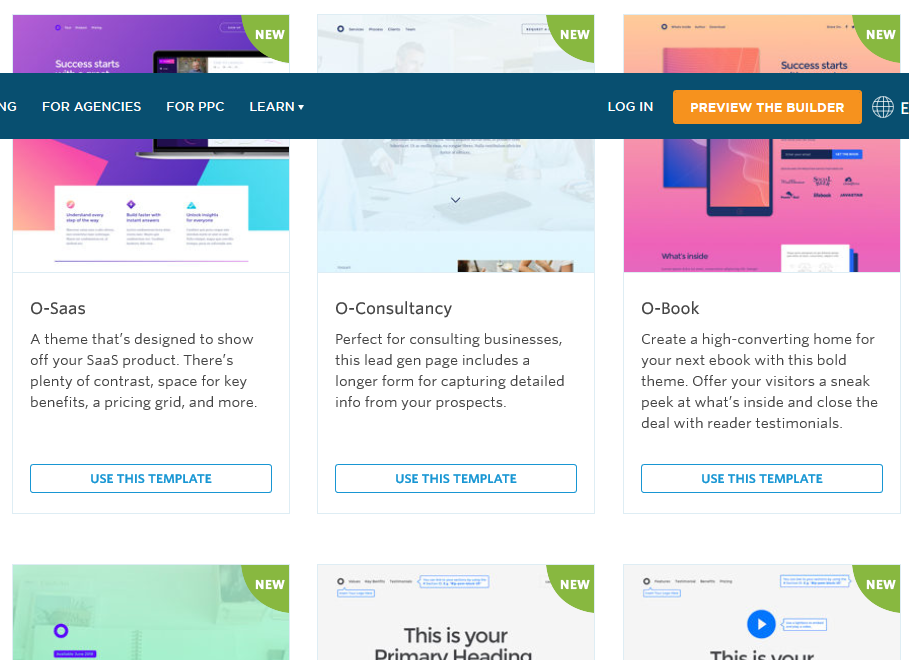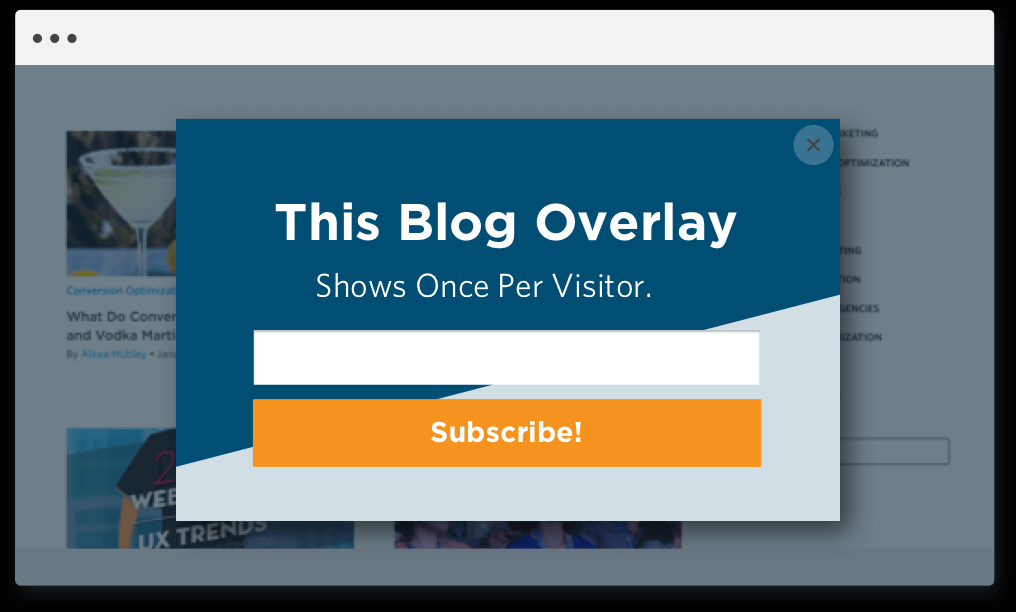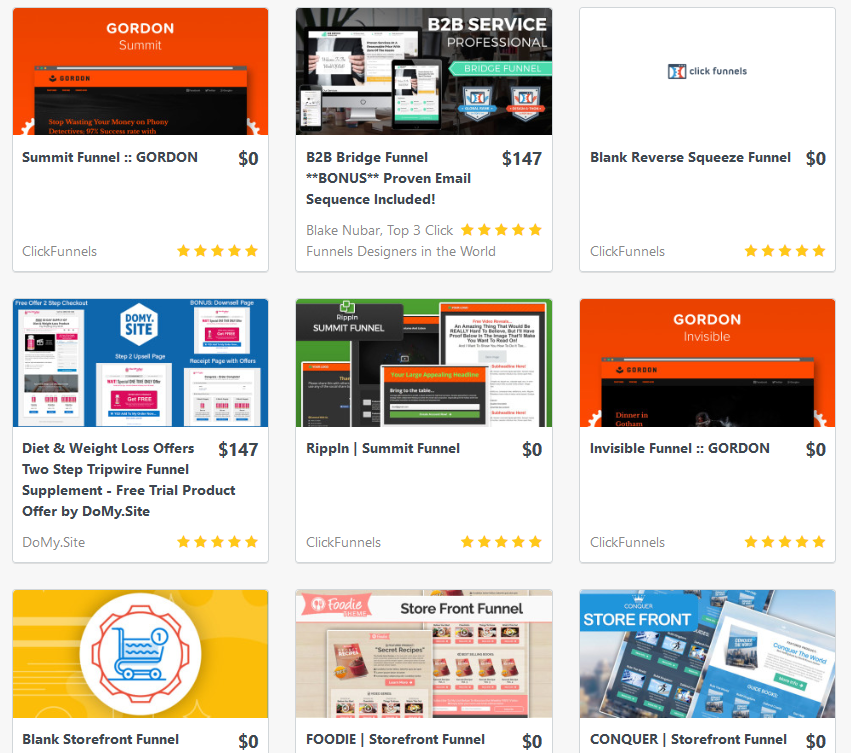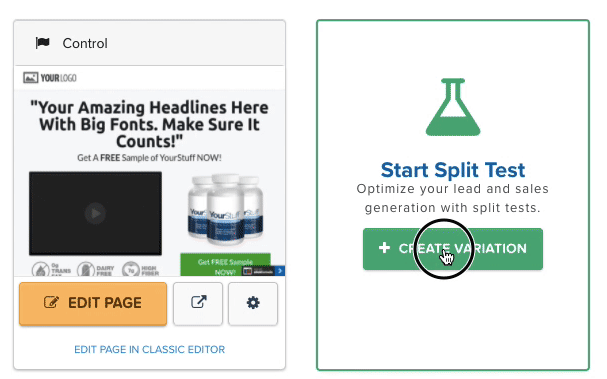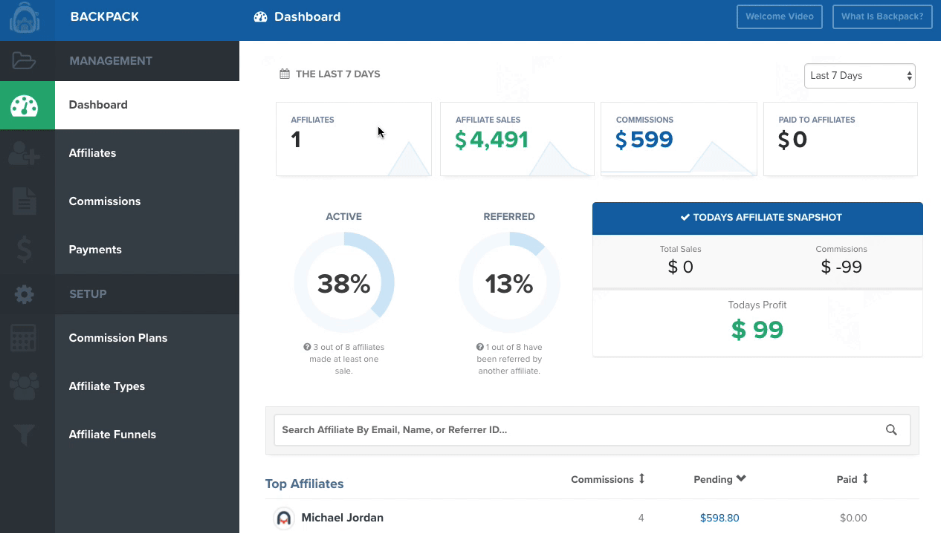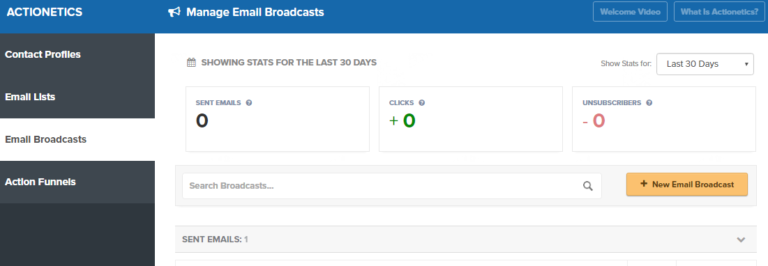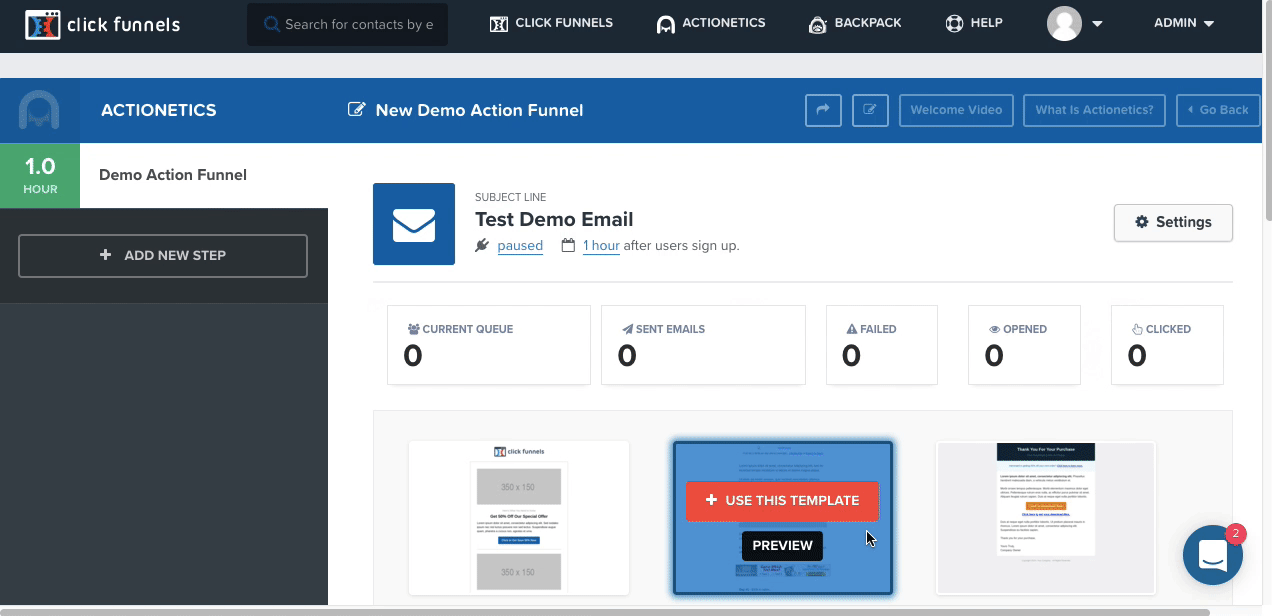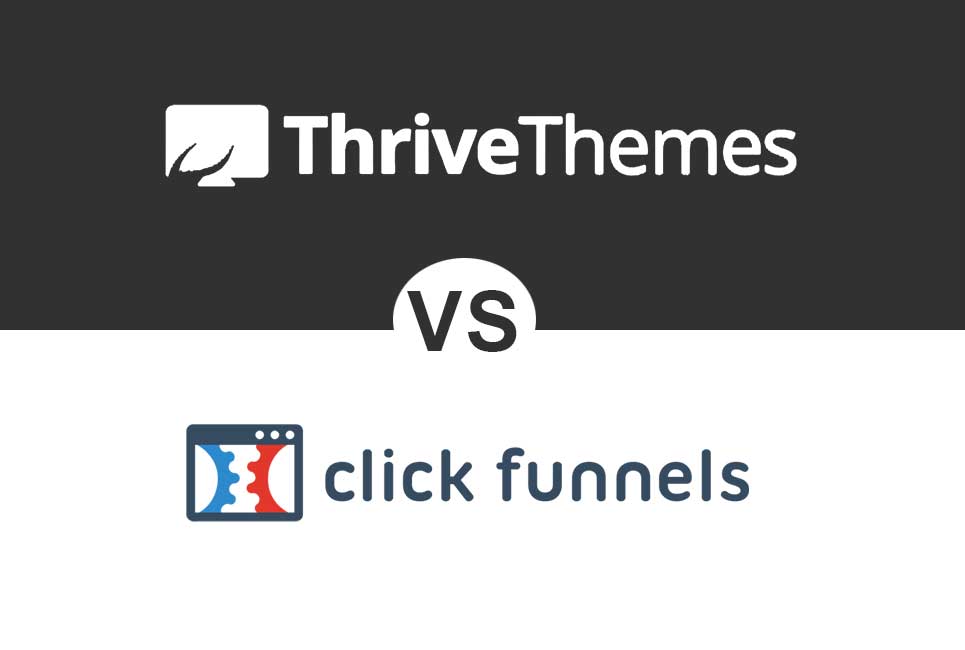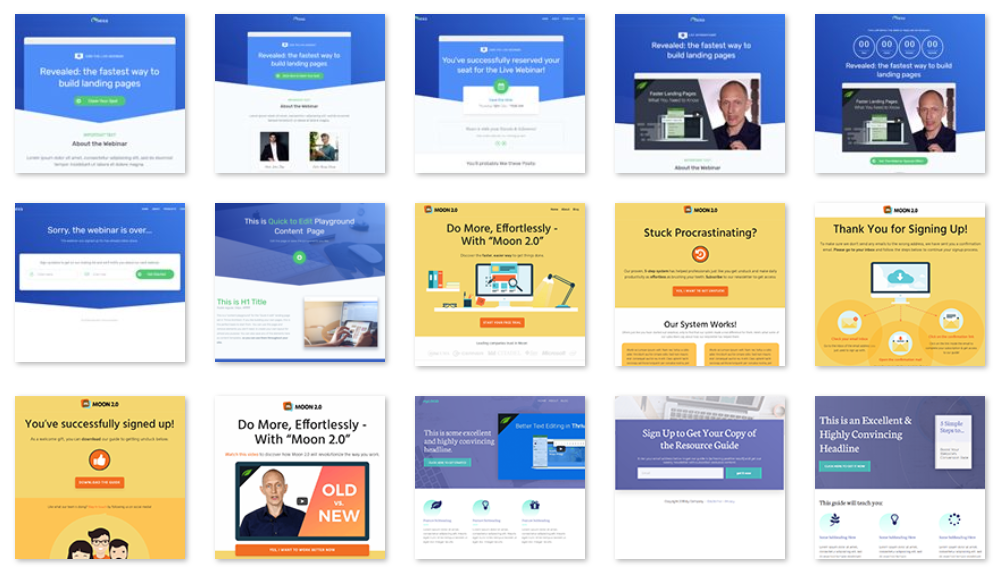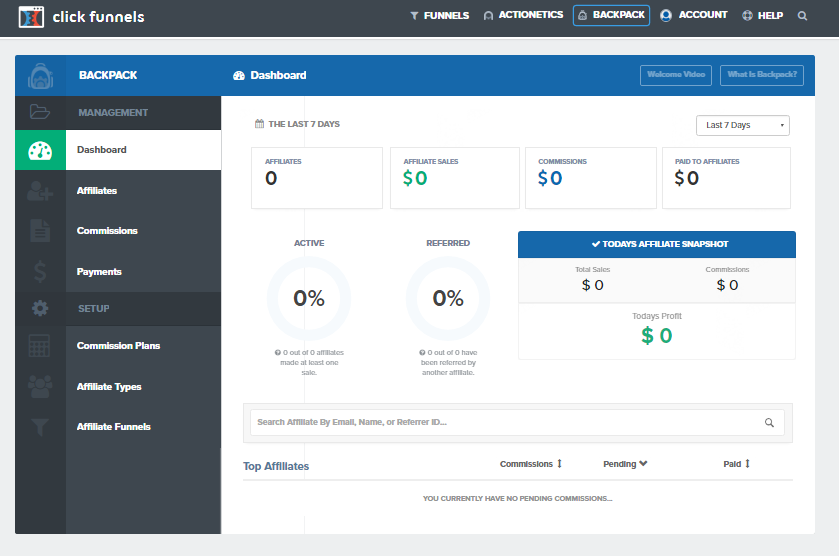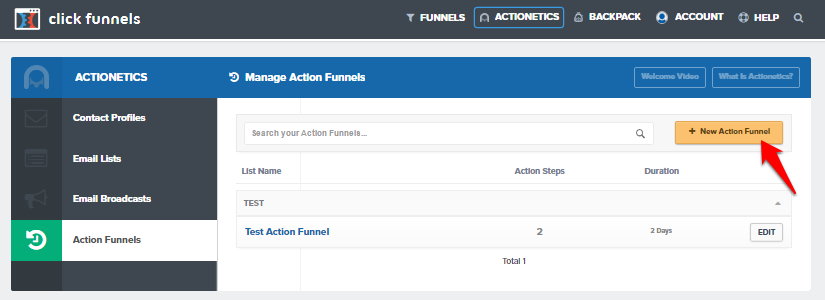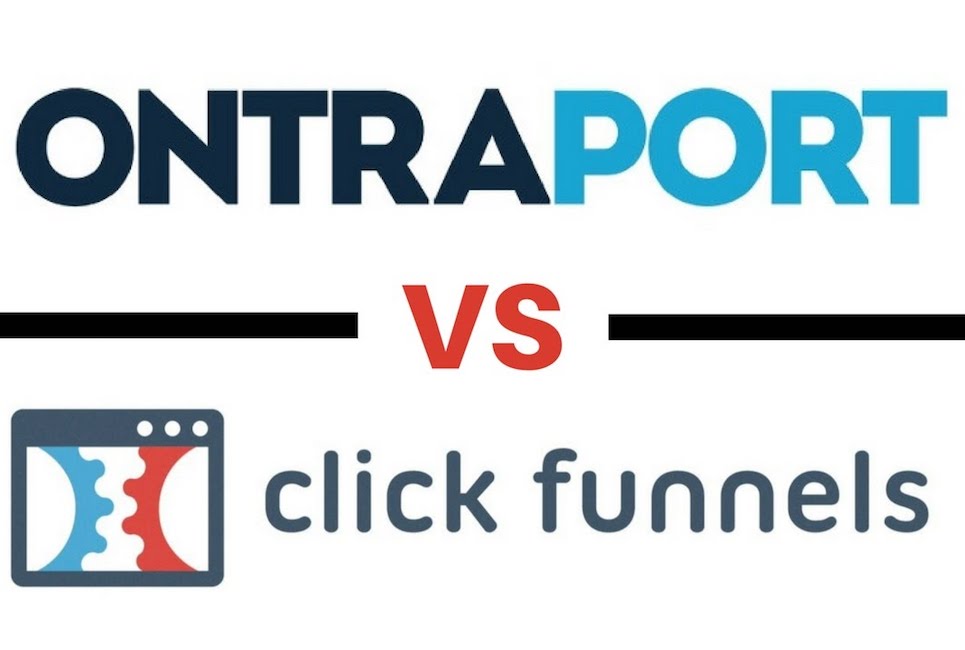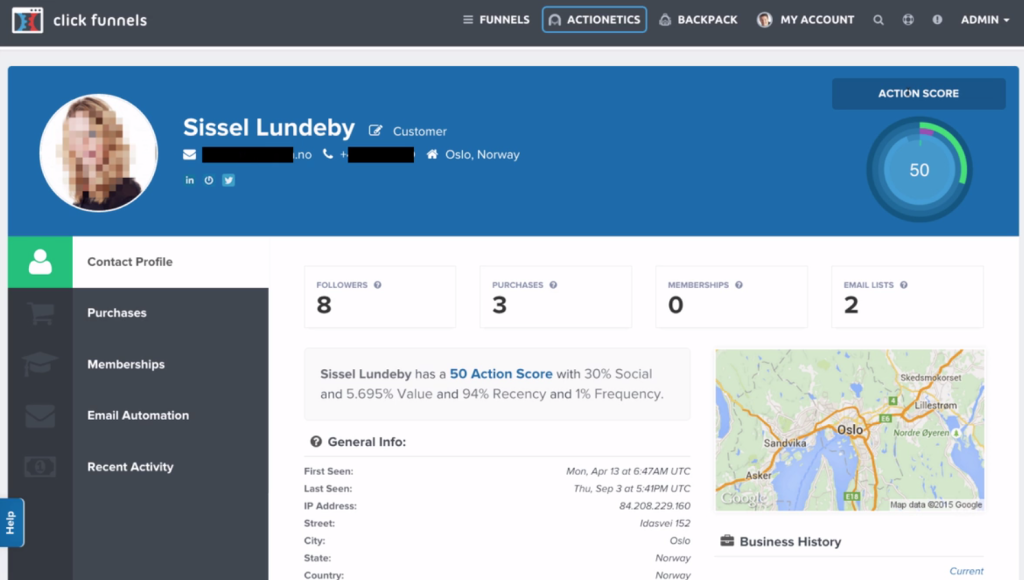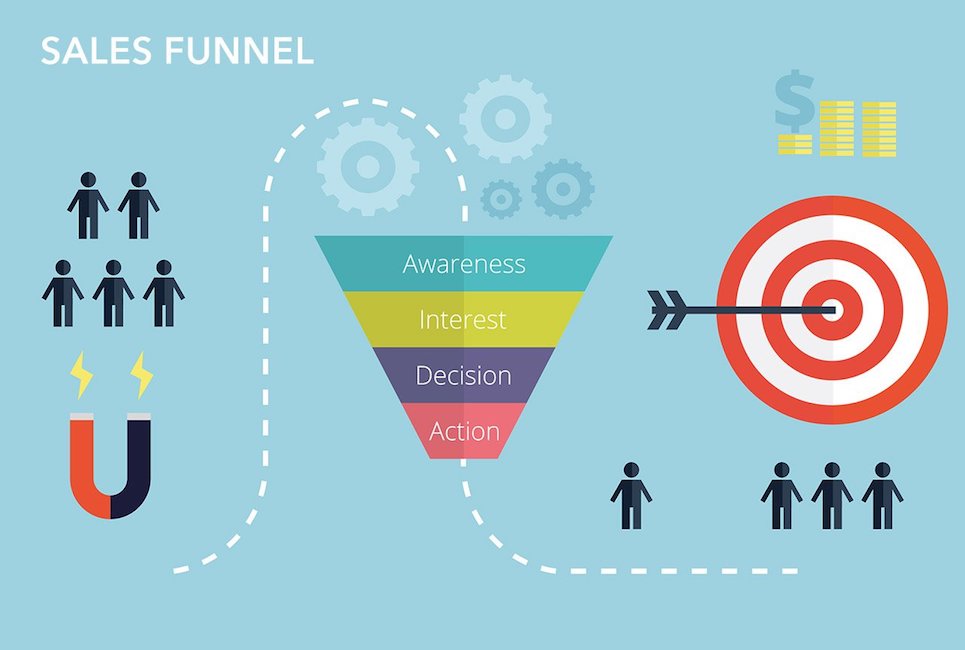How Your Money Mindset is Affecting Your Bottom Line
You are a budding entrepreneur and just created your first product! This is great news! You break out the champagne, and you celebrate! This is a big deal! Now you are going to need some strategies to price your product properly.
Let’s begin.
How to Choose a Price You’re Really Worth
It’s time to put a price tag on your dear firstborn product baby. You don’t want your baby to be rejected, that would hurt too much. So you rationalize:
“Nobody knows who I am.”
“Why would anyone buy from me?”
“I don’t even have one lousy testimonial.”
“How will people know whether it works or not? They are taking a risk by buying this.”
“If I put a higher price tag on this, people will think I am full of myself and that I think I am all that.”
“Maybe I should put a small price tag on it, just to get people to buy it.”
“I could also offer some discounts.”
“Maybe I could send it to my friends for free just to get people to give me feedback.”
Sound familiar?
Many entrepreneurs go through this dance, and they all learn the hard way that the conversation you are having with yourself should have absolutely no bearing on how you price your product.
It is your product’s value to the customer that should dictate the price, not whether you feel you have enough experience or not, or whether you feel people are going to think you are full of yourself for charging a higher price.
These are natural feelings, and they all revolve around your money mindset.
[earnist ref=”clickfunnels-gives-you-everyth” id=”33539″]
The Importance of Money Mindset
Money mindset is a set of beliefs we have about what money means to us, what it says about us, and who deserves to receive it.
To figure out whether you have a positive mindset about money, ask yourself a few questions:
- When you charge money for a product, do you feel the urge to give that money back?
- If you put a high price tag on your product, does it make you feel like it is really not worth that much?
- Do you feel that people should keep their money in their pockets and just learn how to Google stuff so they don’t have to pay you for your product?
- Do you feel better when you give free advice than when you charge for it? Like helping for free is the right thing to do, and charging for it is icky?
If you answered ‘yes’ to any of these questions, you are in the same boat as a lot of other entrepreneurs are and you may have some trouble pricing your products correctly.
The Negative Consequences of Negative Money Mindset
An unintended consequence of this negative money mindset is that pricing your product too low will attract the kind of client who expects lower quality, but is willing to take the risk because it’s what they expect for a low price point.
This is because, as consumers, we all associate low prices with low value.
The truth is that the price of your product says more about your client than it does about you; you probably always thought it was the other way around.
It’s the same as when you give products away for free: their value diminishes to, well, nothing.
Raising your prices will start attracting clients who expect higher quality. These clients appreciate the value of what they just paid a premium for because people show up differently when they have skin in the game.
Don’t disappoint them, and they will keep coming back for more.
The 6 Strategies to Price Your Product Properly
Here are 5 strategies to get over your money mindset issues and start pricing your products what they are worth:
1.) Be aware of your money mindset hang-ups.
Start by asking yourself the questions above and be aware of the conversation going on in your head. Then do everything in your power to convince yourself that pricing your product should have nothing to do with your feelings. You may not cure your money mindset right away, but you will not let it sabotage the value you are putting of your product.
2.) Think of what you have to give to your audience in terms of abundance.
When you create your first product it is as if you have just created the one thing all your dreams were made of. You have put your heart and soul into the creation of this new product baby, and you want to make sure it is successful, happy and makes you proud.
The problem with that mentality is that it makes you believe that nothing you could ever create could ever compare to how you feel about this one.
Let it go. You have so much more to offer to your audience. When you have only one product, pricing seems like such a big deal; but when you think about all the other revenue streams you are planning on creating, this product is simply one piece of the puzzle.
Put a price on it, release it, and move on to the next one.
3.) Have a multi-tiered offering.
Take your abundance mindset and create products that satisfy different pricing points. If you are starting out, think about what your audience needs RIGHT NOW and start there, then build all your other products around that core value and create a value-packed product suite.
4.) Do your research.
How much are others charging for the similar products? What value are you providing that others are not? What is everyone else providing that you hadn’t thought of? Your price should be competitive in the marketplace, and the only way to find out is by knowing your competition inside and out.
5.) Remember that your pricing can (and will most likely) change.
It can be paralyzing to even think you could price your product wrong. The great news is that you have full control over it, and yes, you may botch it the first time, or the second time. But as your audience begins to use your product and starts providing you with feedback, you will learn how to find that sweet spot. Find a price you are comfortable with, one you can confidently explain to anyone who asks and prepare to learn from the experience.
6.(Bonus Tip): Stop trading time for money.
If you are a consultant or run an agency, you might be tempted to do ‘hourly pricing’ but I would advise against that. Many people generally think that if I charge x for this many hours, the buyer or client will know that I’m putting a lot of effort into it. But what you haven’t considered is that your hourly rate must always include your expertise, your years of experience, your energy — all the things you bring to the table.
Hourly pricing can also get you stuck in your business growth. How can you scale your efforts when there are only 24 hours in a day? You can’t.
A better way to think about pricing is ‘value pricing’ which comes back to our discussion again on money mindset. Think about the ‘value’ you offer your customers and clients. What is that worth? That’s up to you decide. Trading money for time is a mindset that you’ll need to break away from quickly if you want to scale, grow and become the business leader you are meant to be.
Some Final Thoughts — How to Make More Money Today
Understanding where you are in your money mindset journey will help you become increasingly more comfortable with pricing your products and with their value.
It’s time to let go of those negative thoughts about money, and start welcoming it into your life. Are you ready to start charging what you are worth?
Have you ever thought about your money mindset and how it affects your bottom line? Let us know in the comments section!
[earnist ref=”leadership-of-tomorrow-with-se” id=”33616″]







